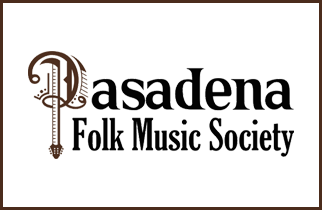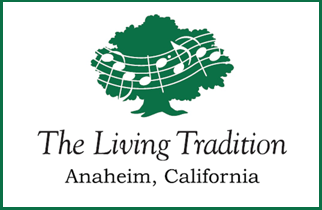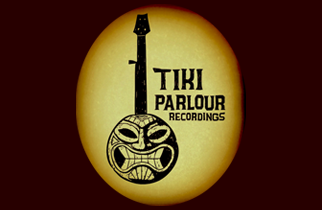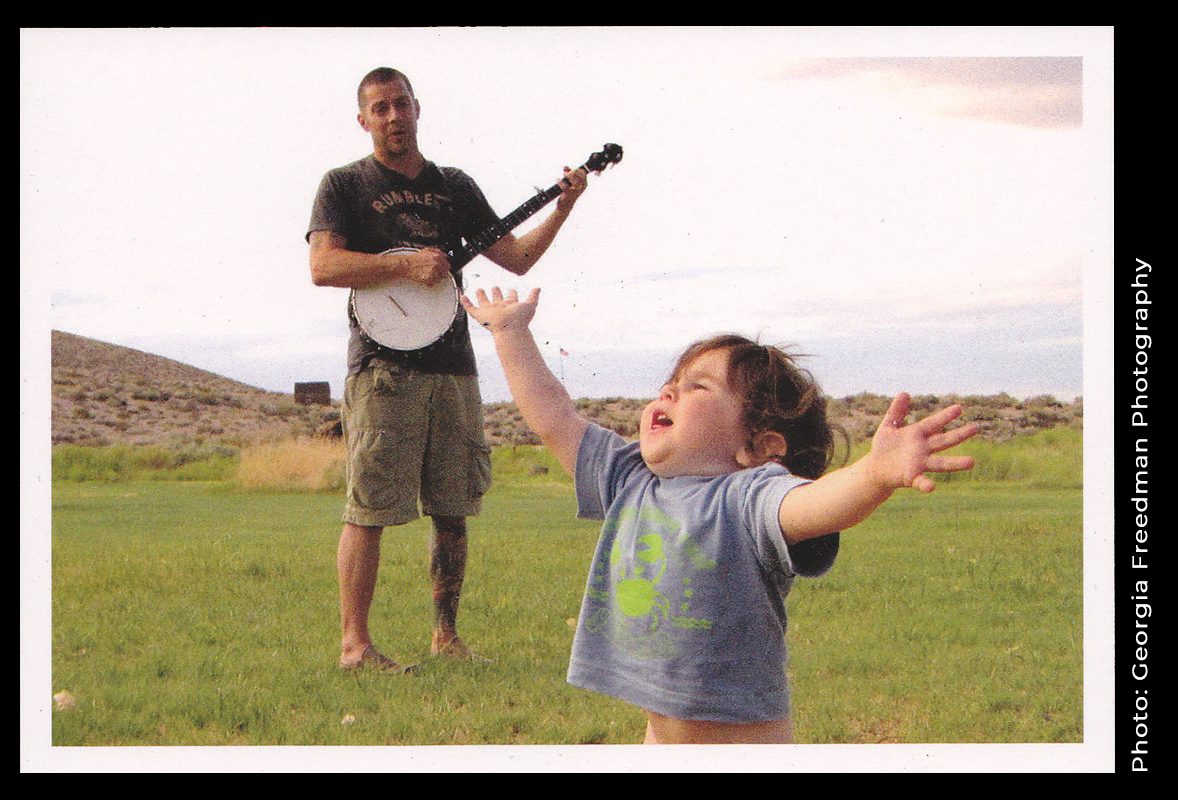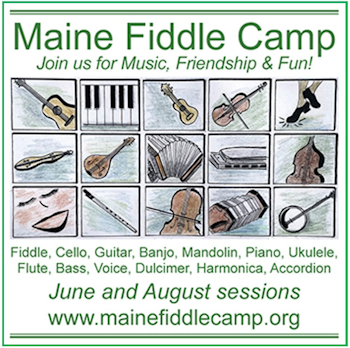AS AMERICAN AS APPLE PIE?
Autumn seems a perfect time, being the harvest season, to enjoy good home-made pie. While apple pie may be the national favorite, there are other pies that may suggest a more regional character like sweet potato pie, pecan pie, rhubarb pie. And then there is that Thanksgiving Day staple – pumpkin pie.
Apple pie may be the most versatile of them all, perhaps owing the great variation of recipes to its long history. In England, recipes for apple pie can be found as early as the 14th century and today it is commonly served there with cheese, while American Apple pie is more often topped with ice cream. The French have their tarte tatin, made with caramelized apples; the Germans have the apfelstrudel, and in the southern US – where everything is fryable – there are apple fritters. All of these are wonderful variations of the apple-in-pastry-crust theme.
Rhubarb is really an unlikely type of vegetable for a pie, and yet it’s a culinary miracle when the bitter rhubarb stalk is turned into sweet, juicy rhubarb pie (augmented by a significant amount of sugar). To look at fresh rhubarb, the last thing that would enter a non-initiate’s mind is “hey, that would make a great pie filling.” Like the apple, rhubarb is not native to the Americas. Rhubarb has been used in Chinese medicine as far back as the 27th century BC, and while it did spread to Europe it was not widely used as food until sugar became commonly affordable in the 17th century. The red rhubarb stalks cook down into a bitter deep-red stew that, when sweetened, has a fruit-like flavor and texture. The rhubarb leaves are toxic and are trimmed off the stalks when rhubarb is sold in grocery stores. Certainly far less common than either apple pie or pumpkin pie, rhubarb pie is a real treat when you can find a fresh-baked one, and at least to my mind really evokes the simple country life. More often, because of rhubarb’s tart flavor, you’ll find rhubarb mixed with other fruits like strawberries or raspberries. But go for straight rhubarb pie if you can and really experience the full real flavor.
The opposite of the complexity of flavor of rhubarb pie is the ubiquitous pumpkin pie. Unlike the apple and the rhubarb, pumpkin is indigenous to the American continent, and as such it earns its rightful place at the Thanksgiving feast. You’ve tasted pumpkin pie, right? Ok, let’s move on.
I find the best of American cuisine in its regional flavors. Pecan pie is one of those delicious regional treats and may have its origins in New Orleans – where some of our finest culinary creations originate. Pecan pie itself is an enhancement of Shoofly pie where the filling is a sugar or molasses custard. Cover the pie with a layer of pecans as a lagniappe and a classic is born.
Unlike apples and rhubarb, the pecan is pure southern and eastern US in origin and has been enjoyed since colonial times. The pecan trees are especially abundant in the deep south. I had a pecan tree in my backyard when I lived in Alabama. (If you ever have to live in Alabama, a pecan tree can make your time there so much more pleasant.)
New Orleans is especially noted for its pralines, a confection of earlier origin which may have been at least part of the inspiration for pecan pie. While the pralines were first conceived in 17th century France where almonds were coated with a thick layer of sugar, they reached their perfection in New Orleans where the more common pecans replaced almonds.
Like pralines, the sugar or syrup pie also has its origins in Europe before finding a home in North America. Sugar-filled pastries are known to have been made in the ancient Middle East and treacle pies (treacle is a thick molasses syrup) were common in Medieval Europe. Shoofly pie is a variation perfected by the Pennsylvania Dutch using a custard made from flour, lard and molasses. Now, cover that with sugared pecans and you have heart-stopping deliciousness, and don’t forget to add a scoop of vanilla ice cream to that.
Less common than pecan pie is another American original, sweet potato pie. Like the pumpkin, sweet potatoes (not to be confused with yams) were introduced into Europe from America and from there found their way around the globe becoming popular in Africa and throughout Asia. Sweet potato pie originated in the earliest days of the colonial South. Taken on its own merits, compare a sweet potato to a pumpkin – the differences are reflected in their respective incarnations inside a pie crust. There are many recipes for sweet potato pie available on the internet. Take my advice and avoid the ones that recommend adding pumpkin pie spice. A little nutmeg and brown sugar with eggs for thickening will enhance the sweet potato flavor, not hide it under a blanket of spices.
However you enjoy your pie – apple, pumpkin, rhubarb, pecan or sweet potato – pie is a great way to enjoy the season. And fresh baked pie has the added benefit of filling your home with some of the most wonderful aromas of home cooking.
When not dining in exotic locales, Michael Macheret forages closer to home in the South Bay regions near Los Angeles





